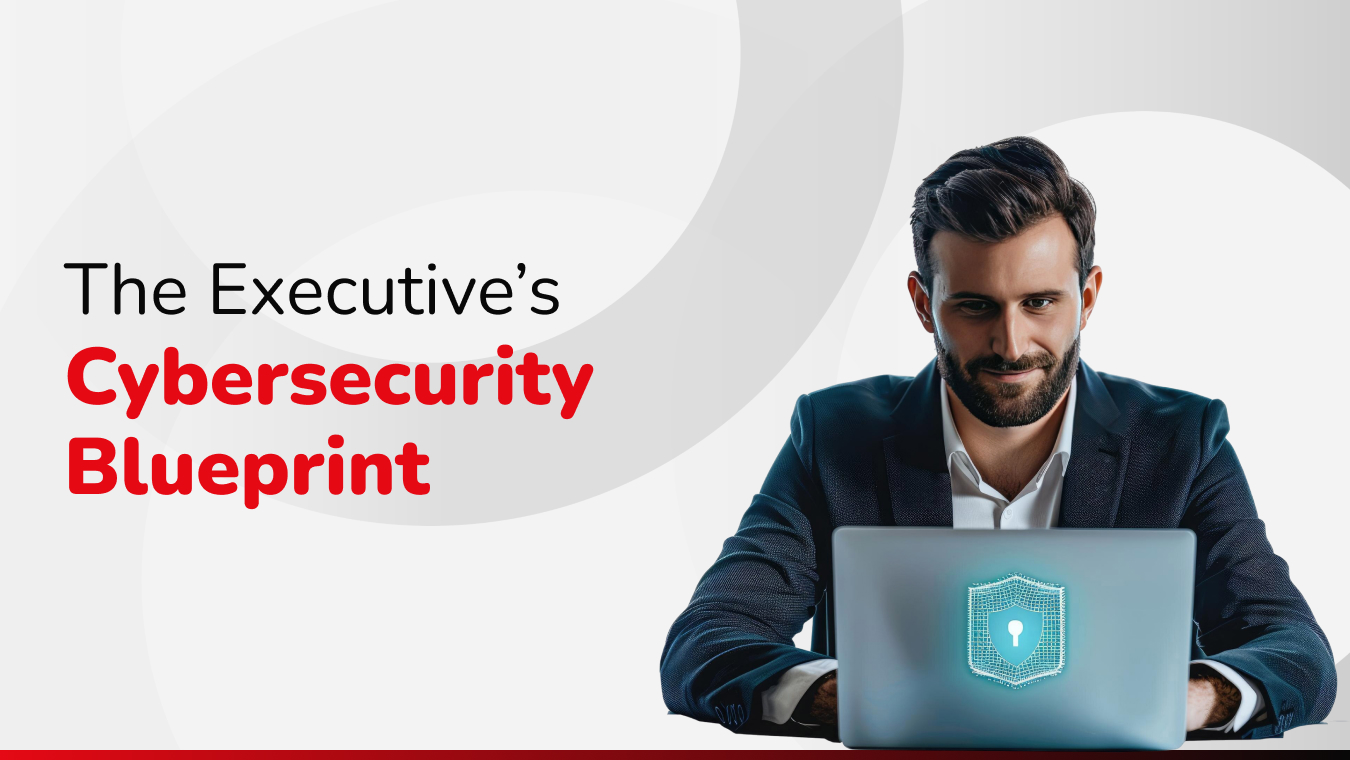The Executive’s Blueprint to Cybersecurity Accountability
The responsibility for the cybersecurity is no longer an responsibility of an IT department especially in today’s digital economy. Now all these executives and boards are being held accountable on how their organizations prepare for and respond to, eventually recover form these cyber threats. On top of that, all these investors and regulators expect the leadership team to take ownership of cybersecurity as a primary core business function not only just as a technical safeguard.

Now, this particular shift requires a new blueprint, mainly it should focus on how it empowers the executives to build resilience and ensuring the accountability and also integrating the cybersecurity in every layer of an organizational strategy.
In today’s digital world Cybersecurity incidents won’t just create small technical issues, but they have the potential to impact the whole company. For instance, take an ransomware attack which can shut down the entire operations, eventually leads to lost revenue and regulatory penalties and also reputation damage to the company.
Due to this, the governments and regulators across the globe are now making it clear that the executives and the boards must directly oversee the cybersecurity posture.
To establish a meaningful accountability, the leadership team should either adopt or make an structured approach that built on the below four pillars: Governance, Strategy, Oversight, Culture.
1. Governance: Defines Ownership and roles
It is a responsibility of an executive to ensure that the cybersecurity is integrated into corporate governance related frameworks. That includes:
- Allocating the clear ownership of the cyber risk in the board.
- Establishing committees to align cybersecurity with the enterprise risk management.
- Ensuring accountability with respect to the business units recognizing their role in safeguarding the information.
- The cybersecurity accountability begins with clarity on who is responsible for, who reports and who makes the decisions during the crisis.
2. Strategy: Aligning Security with Business Objectives
The decisions that are made by the board or executives must support the long-term business goals. For instance, if a company is planning to expand globally, then the cybersecurity strategy must evolve to address the risks like data sovereignty, vendor dependencies and even regulatory compliance.
The executives should ensure the cybersecurity investments should not be seen as cost, but as an enablers of business resilience. This requires:
- Link the cybersecurity priorities to an measurable business outcomes.
- Prioritize the investments based on the risk impact, not just only on perceived threats.
- Integrating the cybersecurity in digital transformation initiatives.
3. Oversight: Monitoring and Reporting
The Executives must demand an regular, clear easy to understand reports on cybersecurity posture and the incidents as well. This doesn’t need to understand the complexity of the technical data about the cybersecurity, but rather focus on business-relevant metrics like:
- Incident response outcomes and effectives.
- Compliance with the industry standards and regulatory requirements.
- TPRM – Third party risk management.
- Comparing the industry standards or benchmark of the companies.
4. Culture: Making Cybersecurity Everyone’s Responsibility
The Executives and the leadership teams should set the culture of an organization. And if the leadership team treats the cybersecurity as a important aspect in the organization then the employees will also follow.
Here are some of the key steps to build the culture:
- Lead by example: Executives must have to consistently follow the best practices by themselves to set the standard for an organization.
- Promoting Awareness: Providing the training goes beyond routine sessions.
- Encouraging positive behaviour: Acknowledging and reward the right set of employees who demonstrate the good security practices.
- Conduct a Cyber Risk Review: Start by conducting an baseline assessment on the whole organization’s cyber posture, that should include critical assets, vulnerabilities and compliance gaps.
- Map Cyber Risks to Enterprise Risks: Integrating the cybersecurity into the same risk frameworks which are used for the finance, operations and compliance.
- Engage with CISOs Beyond IT: You have to look the Chief Information Security Officer as a strategic partner, but not as a technical advisor. This will eventually ensure the regular reporting at the board meetings.
- Prioritize Incident Response Readiness: Test the incident response plan with clear executive roles and then approve the final plan.
People need to change the way how they think about the cybersecurity especially the executives, like it is not just an issue an random technical IT issue, but it is a part of keeping the whole business running securely without having an disruptions. This means:
- Treating the cyber risks just like other big risks.
- Addressing and also embedding the cybersecurity into the boardroom discussions along with the discussions on company growth, revenue and innovation.
Cybersecurity accountability is no longer about ticking boxes to satisfy regulators. Investors, customers, and employees expect leaders to show real ownership of digital risks. Executives who weave cybersecurity into long-term strategy gain not just protection but also a competitive edge.
As threats grow more sophisticated, boards can no longer delegate responsibility down the chain. They must actively shape security strategies, ask the right questions, and allocate resources where they matter most. This doesn’t mean every leader needs to become a technical expert which means having the visibility, confidence, and mindset to lead from the front.
Ultimately at the end, when accountability starts at the top, cybersecurity transforms from a defensive shield into a driver of trust and business resilience. Companies that embrace this shift will be better prepared to adapt, recover, and thrive in today’s digital economy; no matter what challenges lie ahead.
*This content has been created and published by the Azpirantz Marketing Team and should not be considered as professional advice. For expert consulting and professional advice, please reach out to [email protected].
We're Here To Help